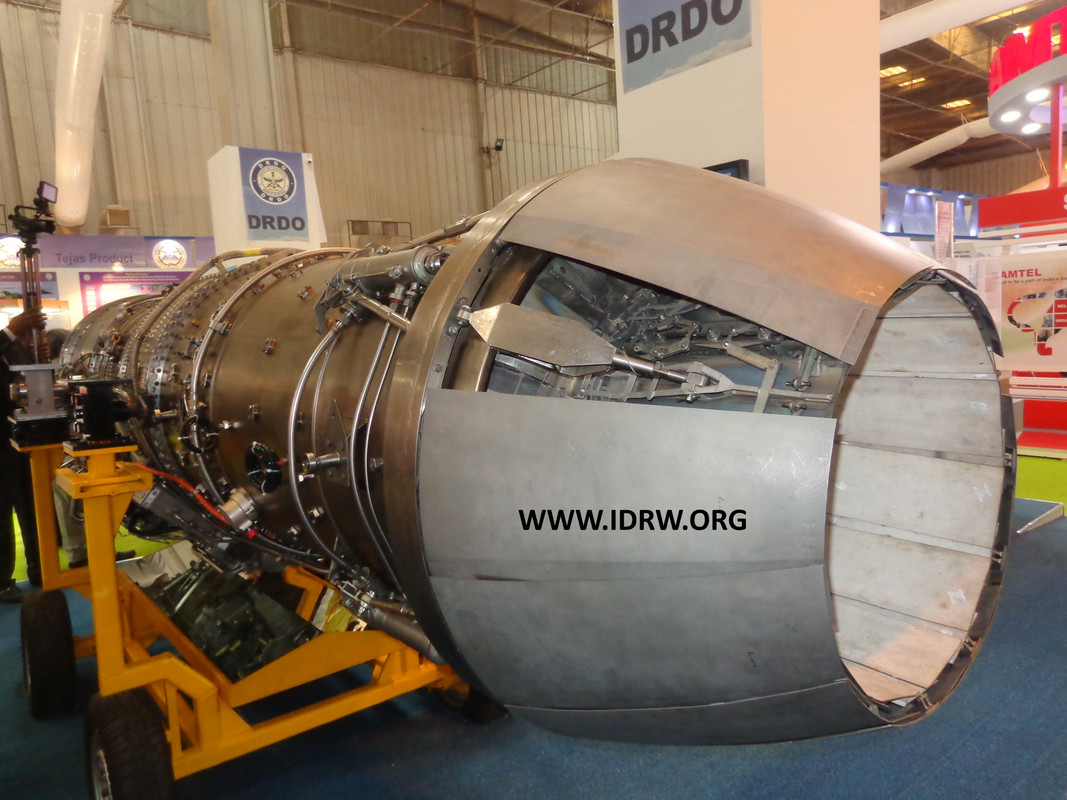SOURCE: AFI

The Kaveri engine project, launched by India’s Gas Turbine Research Establishment (GTRE), was envisioned to power indigenous fighter jets like the Tejas. However, despite decades of research and development, the Kaveri engine failed to meet the performance requirements for fighter jets, particularly in generating sufficient thrust. While the program has produced valuable technological know-how, the engine still lacks the thrust-to-weight ratio needed for modern fighter platforms. To unlock the full potential of this technology and foster future innovations, it’s time for the Indian government to consider transferring Kaveri engine core technology to private sector companies.
By empowering India’s private aerospace sector with the Kaveri engine core, the country can take a page from China’s successful aerospace model, where multiple companies compete to improve engine performance, resolve technological bottlenecks, and develop higher-thrust engines. This approach not only accelerates innovation but also addresses the critical issue of India’s reliance on foreign engines for its military aircraft.
China faced similar challenges in the past with its WS-series of fighter jet engines. Early WS engines were known for reliability issues and insufficient thrust, leading China to rely on Russian engines for platforms like the Su-27. To address these issues, China opened its engine development process to multiple state-owned and private-sector aerospace companies. This competitive approach allowed Chinese engineers to experiment with different designs, materials, and manufacturing processes, eventually leading to significant breakthroughs in engine performance.
Today, China’s WS-10 and WS-15 engines power many of its modern fighter jets, including the J-20 stealth fighter. By fostering competition and encouraging private sector participation, China has accelerated its progress in developing high-thrust, reliable engines. India could benefit immensely from a similar strategy by allowing private companies to access and build on the Kaveri core technology.
In the Chinese model, multiple companies working on engine development resulted in faster problem-solving and innovation. Competition drives progress, as companies race to develop better, more efficient engines. By transferring the Kaveri engine core to Indian private companies, the government can stimulate a competitive environment where aerospace firms vie to improve the technology and deliver results. This approach would likely yield quicker advancements than relying solely on state-owned entities like GTRE.
Government funding is often limited and spread across multiple defense projects. By involving the private sector, Indian companies can attract additional investment from domestic and international sources, potentially accelerating the development of higher-thrust engines. Private firms are also better positioned to allocate resources efficiently and to take calculated risks in R&D, which can lead to breakthrough innovations.
Private companies have the flexibility to form collaborations with foreign aerospace firms, which could provide India access to cutting-edge technologies and expertise. For instance, international engine manufacturers may be willing to partner with Indian companies for joint ventures, technology-sharing agreements, or collaborative research projects. Such partnerships could enhance the indigenous engine development capabilities while integrating global best practices.
While the Kaveri engine core is a solid foundation, it falls short in terms of thrust output for next-generation fighter jets like the AMCA (Advanced Medium Combat Aircraft). With private companies working on the Kaveri core, the focus could shift towards building higher-thrust variants capable of powering India’s future combat aircraft. This would reduce India’s reliance on foreign engines, such as the GE F414 for the Tejas Mk2 and AMCA programs, and pave the way for true self-reliance in military aviation.
When engine development is concentrated in a single government agency, it limits the diversity of technological approaches. By allowing private firms to explore different paths, such as advanced materials, cooling systems, and design architectures, India can diversify its engine development strategies. This diversification increases the chances of success in overcoming challenges like reliability, fuel efficiency, and heat management, which have historically plagued the Kaveri program.
Handing over the Kaveri engine core technology to the Indian private sector is a critical step toward achieving self-reliance in military aviation. By taking inspiration from China’s successful engine development model, India can encourage private companies to compete and innovate, resulting in faster breakthroughs and the development of higher-thrust engines. This would not only reduce India’s dependence on foreign suppliers but also bolster the country’s defense industry, making it a global player in aerospace technology.